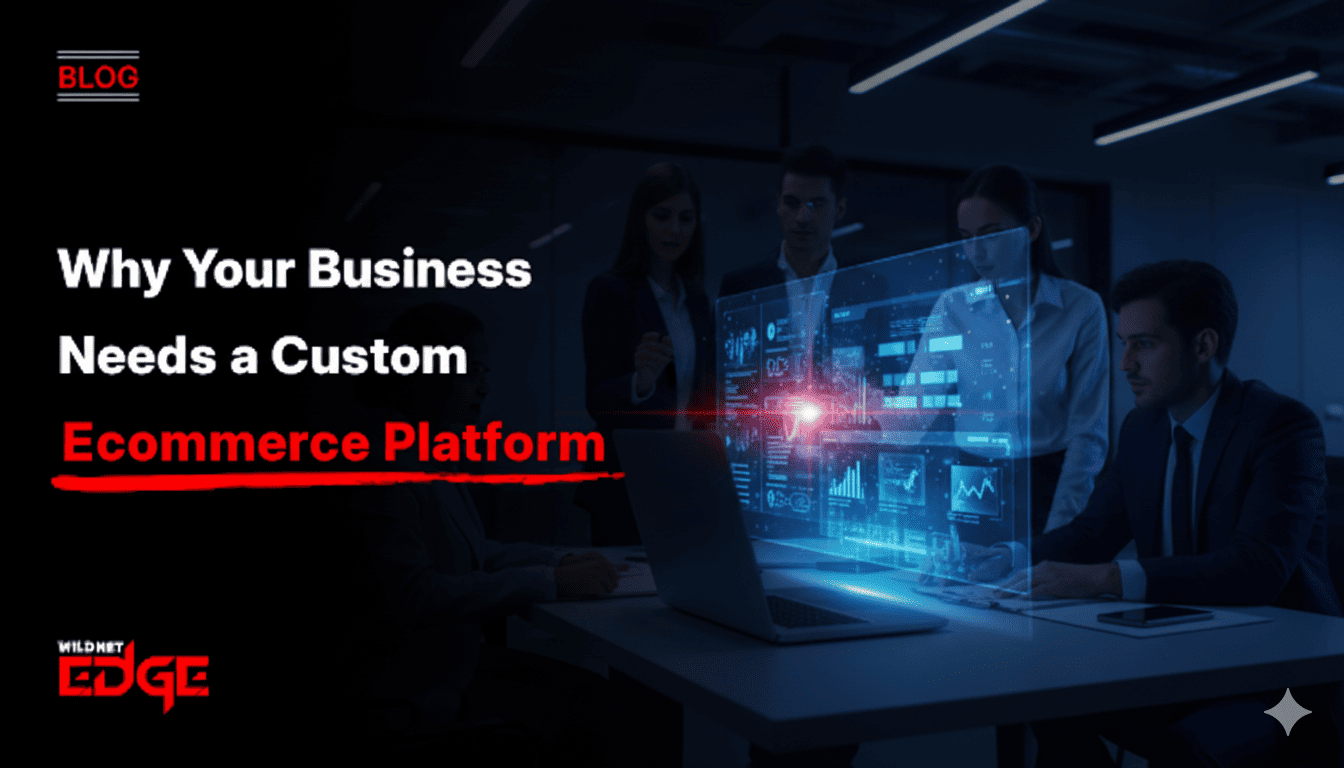Are you struggling to improve operational efficiency? Implementing a digital twin with AI could be your solution. This technology simulates physical assets and processes in real-time. But where do you start? Many businesses face this challenge, often feeling overwhelmed by the complexity of integrating new technologies. This comprehensive guide will provide you with a clear roadmap, detailing each step necessary to effectively implement a digital twin with AI in your organization.
Understanding Digital Twin With AI KPIs
Defining Key Performance Indicators
Key Performance Indicators (KPIs) are essential for measuring success and effectiveness in any project, including those utilizing digital twin with AI technology. Essentially, KPIs are quantifiable measures that help organizations understand their progress in achieving specific objectives.
In the context of digital twins, KPIs can offer insights into:
- Operational Efficiency: Metrics like throughput time, process delays, and equipment utilization can be evaluated.
- Quality Control: Monitor defect rates and compliance with standards.
- Cost Savings: Evaluate the cost-effectiveness of operations using digital twin simulations.
Common KPIs used in digital twin with AI projects include:
- Data Accuracy Rate: This measures the precision of data fed into the digital twin, crucial for accurate simulations.
- Real-Time Response Time: How quickly the digital twin can react to changes and provide insights.
- Return on Investment (ROI): Overall cost-benefit analysis may incorporate both direct and indirect benefits.
Understanding and selecting the right KPIs is vital and ensures you accurately measure the performance of your digital twin implementation.
How to Measure Success with Digital Twin With AI
To effectively gauge the success of your digital twin with AI initiative, employing robust tools and methodologies is necessary. Some popular approaches include:
- Business Intelligence Tools: Platforms like Tableau or Power BI allow organizations to visualize data, providing insights on selected KPIs.
- Analytics Frameworks: Utilizing frameworks such as Balanced Scorecard can align KPIs with strategic goals.
For instance, a manufacturing company implemented a digital twin for their assembly line, tracking KPIs related to machine downtime. By using analysis tools, they identified key issues causing inefficiencies, enabling them to adjust their operations accordingly.
Regularly reviewing and adjusting your strategies based on KPI insights ensures continuous improvement and alignment with business objectives, making it imperative to establish a measurement routine early in the digital twin integration process.
Implementing a Digital Twin With AI ROI Framework
Understanding ROI in Digital Twin Projects
Return on Investment (ROI) is a critical evaluation metric, particularly when organizations evaluate the potential of a digital twin with AI. Understanding ROI involves assessing the financial return generated from the resource investment in the project.
In direct terms, ROI in digital twin projects may consist of factors like:
- Reduction in Operational Costs: Assessing how the digital twin can minimize inefficiencies and costs in operations.
- Increased Revenue: Predicting how enhanced decision-making and process improvements can lead to higher revenue.
- Improved Asset Lifespan: Utilizing simulations to predict maintenance needs can extend the lifespan of key assets.
Recognizing these ROI metrics helps stakeholders make informed decisions about potential investments in digital twin technologies.
Steps to Calculate ROI for Digital Twins
Calculating ROI for digital twin initiatives involves a structured approach:
- Identify the Costs: Determine initial setup costs, ongoing maintenance, and operational expenses.
- Estimate Revenue Increase: Use predictive modeling to project revenue changes attributable to the implementation.
- Apply ROI Formula: Use the formula ROI = (Net Profit / Total Investment) x 100 to calculate the percentage.
- Benchmarking: Compare your ROI with industry standards to evaluate performance accurately.
Using analytical software can greatly simplify this process by automating data collection and analysis, providing organizations with a clear picture of the potential benefits and financial viability of their digital twin projects.
Choosing a Software Development Company for Digital Twin With AI
Key Qualities to Look for in a Partner
Selecting the right software development company for your digital twin with AI project is pivotal to its success. Some key qualities to evaluate include:
- Technical Expertise: Seek a company proficient in AI, machine learning, and real-time data analytics.
- Relevant Case Studies: Past projects showcasing successful digital twin implementations in similar industries lend credibility.
- Positive Client Testimonials: Reviews or case studies that reflect their experience can help you gauge reliability.
Conducting preliminary interviews can also reveal their understanding of digital twins and their approach to project management and development.
How to Collaborate Effectively with a Software Development Company
Once you have selected a software development company, the collaboration process is crucial to achieve effective results:
- Set Clear Expectations and Goals: Clearly communicate project objectives, timelines, and success criteria from the outset.
- Maintain Open Communication: Regular updates and discussions help keep the project aligned with your expectations and make adjustments as necessary.
- Encourage Transparency: Utilize project management tools to ensure all stakeholders stay informed about progress, challenges, and resolutions.
Building a strong partnership with your development team not only fosters trust but also ensures that the project remains on track toward meeting its objectives.
Top Mobile App Development Company Features for Digital Twins
Essential Features to Enhance Digital Twin With AI
Incorporating mobile technology with your digital twin can greatly enhance access to insights. Look for the following capabilities when selecting a mobile app development company:
- Integration Capabilities: The app should seamlessly connect to existing systems for real-time data updates and analytics.
- User Experience & Interface Design: A clean and intuitive design ensures users can navigate easily, promoting widespread adoption.
- Security Features: Given the sensitive nature of data, robust security measures are essential to safeguard information from breaches.
Implementing these features can notably enhance user engagement and operational efficiency.
How Mobile App Development Can Improve Digital Twin Deployment
Mobile applications can play a pivotal role in leveraging the benefits of a digital twin:
- Streamlining Access: Employees can access simulations and data anytime, anywhere, enhancing decision-making capabilities.
- Interactive Features: Adding augmented reality (AR) capabilities enables users to visualize digital twins more engagingly.
- Case Studies: Companies that have successfully integrated mobile applications with their digital twins have seen increased operational efficiency; for example, a logistics firm using a mobile app to manage assets in real-time saw a 20% reduction in supply chain delays.
The combination of digital twins with mobile access facilitates real-time data-driven decisions, further enhancing operational productivity.
Challenges of Implementing Digital Twin With AI
Common Obstacles in Adoption
Several challenges can hinder the adoption of digital twin with AI technology:
- Technical Integration Challenges: Compatibility issues with existing systems may present obstacles.
- Organizational Resistance to Change: Employees may resist new technologies, fearing job displacement or complexity.
- Budget Constraints: The need for investment in infrastructure and technology can deter companies from proceeding.
Recognizing these challenges early in the planning process is essential for developing effective solutions to mitigate them.
Strategies for Overcoming Implementation Challenges
Overcoming challenges related to the implementation of a digital twin requires targeted strategies:
- Best Practices for Change Management: Implement structured change management practices to guide employees through the transition.
- Leadership and Stakeholder Support: Gaining buy-in from leadership can help foster a culture supportive of innovation and change.
- Continuous Training and Education Initiatives: Providing ongoing training helps ease resistance and increase confidence among employees regarding their ability to use new technologies.
By approaching these challenges thoughtfully, organizations can effectively navigate the complexities of implementing a digital twin with AI.
Future Trends in Digital Twin With AI
Innovations Reshaping Digital Twin Technology
As technology advances, several trends are shaping the future of digital twins:
- Increased AI Integration: The ongoing development of AI technologies will enhance how digital twins operate, allowing for more predictive and prescriptive insights.
- IoT Convergence: With IoT devices proliferating, integrating these sensors with digital twins will allow for richer datasets and more accurate simulations.
- Edge Computing Trends: This technology will enable real-time data processing at the location of the data source, improving responsiveness.
These innovations are poised to revolutionize the effectiveness and applicability of digital twins across various industries.
Preparing for the Future of Digital Twin With AI
To remain competitive, businesses must invest in the following:
- Skill Development: Upskilling employees to understand AI and digital twin concepts effectively is key for future success.
- Technological Investments: Budgeting for the most current technology ensures that you can leverage the latest advancements in AI and digital twins.
- Long-Term Strategy Planning: Developing a strategic roadmap will help align organizational goals with these emerging technologies.
By preparing for future advancements, organizations can continue to harness the full capabilities of digital twins effectively.
Conclusion
To wrap up, a digital twin with AI holds transformative potential for businesses. Understanding KPIs and ROI frameworks is essential for success. Partnering with a knowledgeable software development company can amplify results and streamline the integration of advanced technologies into your operations. At Wildnet Edge, we are experts in harnessing AI for digital twin projects, helping businesses innovate and thrive in a competitive landscape. Ready to innovate? Let’s get started.
FAQs
A digital twin with AI is a virtual representation of physical assets that uses AI to simulate their behavior in real-time.
You can measure digital twin with AI KPIs by identifying key indicators, using analytical tools, and adjusting your strategy based on data insights.
A comprehensive ROI framework includes identifying initial costs, ongoing expenses, and projected revenue increases from digital twin implementations.
Look for technical expertise, a relevant portfolio, and proven success in implementing digital twin with AI projects.
Essential features include integration capabilities, a strong user experience, and security measures for data protection related to digital twin with AI.

Nitin Agarwal is a veteran in custom software development. He is fascinated by how software can turn ideas into real-world solutions. With extensive experience designing scalable and efficient systems, he focuses on creating software that delivers tangible results. Nitin enjoys exploring emerging technologies, taking on challenging projects, and mentoring teams to bring ideas to life. He believes that good software is not just about code; it’s about understanding problems and creating value for users. For him, great software combines thoughtful design, clever engineering, and a clear understanding of the problems it’s meant to solve.
 sales@wildnetedge.com
sales@wildnetedge.com +1 (212) 901 8616
+1 (212) 901 8616 +1 (437) 225-7733
+1 (437) 225-7733































